What is dubbing? What is its purpose? What are the benefits of dubbing? These questions are of interest to many people. We will provide detailed explanations about the development and utility of dubbing to help you fully understand what dubbing is.
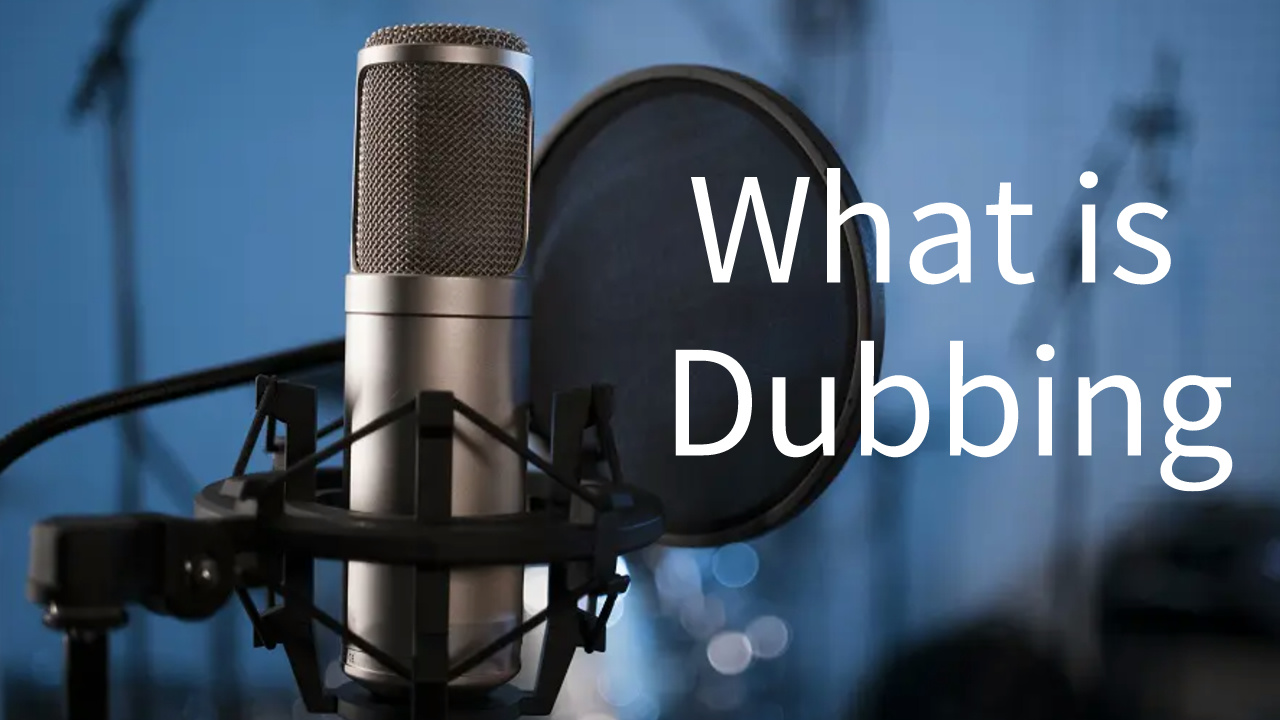
Part 1: What is Dubbing?
Dubbing refers to the post-production process used in film and video production to synchronize sound design. It involves adding new dialogue and other sounds to the existing tracks of a project that has already been filmed.
In the film industry, "dubbing" typically refers to the practice of replacing the voices of actors with those of different performers speaking another language. This is commonly known as "revoicing" in the film industry.
Part 2: The History of Dubbing
In the early days, due to limitations in film sound, dubbing emerged. In 1923, inventor Lee de Forest introduced the first viable optical film sound technology - the Phonofilm. Later, Bell Labs and its subsidiary Western Electric developed a 16-inch wax disc spinning at 33.3 RPM, capable of recording 9 minutes of sound, with better sound quality than Phonofilm. Warner Bros. decided to collaborate with this industrial giant.
The machine, called Vitaphone, had a signal-to-noise ratio significantly better than the consumer standard 78 RPM. Vitaphone made its debut in a packed auditorium in New York and San Francisco in 1925, playing a recorded speech by President Harding.
Since then, people have been looking for ways to integrate sound into film. It wasn't until 1926 that Warner Bros. obtained exclusive rights to the Vitaphone sound disc system and later that year released their first sound film, "Don Juan." George Groves used Vitaphone to record the music played in the film, becoming the first music mixer in film history to do so.
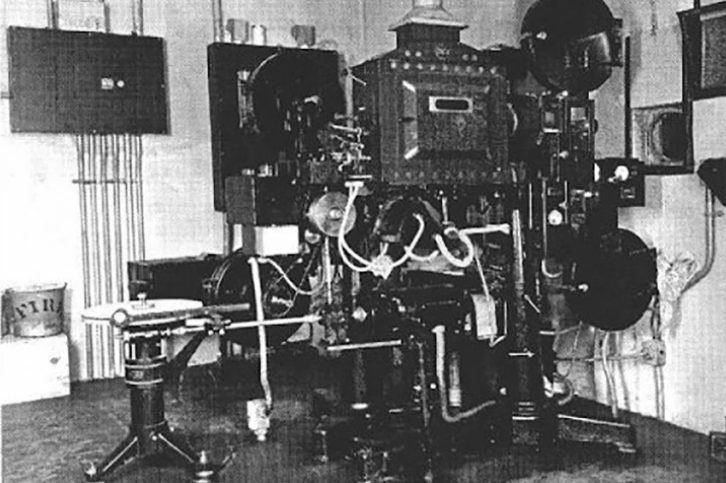
Part 3: What is Dubbing Purpose?
Film Dubbing
Dubbing is commonly used to translate foreign films into languages desired by the audience. The translated dialogue from foreign films is dubbed into the same video, allowing audiences of different languages to watch. Dubbing actors need to decide what words to use for dubbing based on context, tone, gestures, and the script.
Music Dubbing
Music dubbing typically involves integrating written lyrics into a song after the creator has established the melody and tone of the entire song. Lyrics are sung in a recording studio while instrumental accompaniment is played. Finally, the melody and dubbing are merged together.
Video Game Voiceover
There is currently a wide variety of popular video games, available on both computer and mobile platforms, including competitive and puzzle games. Video creators add voiceovers to their videos either during or after recording.
Video Voiceover
Short videos are likely to have been watched by many people, and the content is particularly rich. When creating videos, video creators usually write scripts before shooting the video. After shooting, the content is voiced differently. For example, documentaries have some explanatory narration, movie reviews have commentary, and vlogs have inner thoughts of characters, and so on.
Part 4: Different Types of Dubbing
Voiceover
Voiceover typically tends to be narrative in nature and is often not synchronized with the actions of the characters in the video. The purpose of voiceover is to convey overall information.
Looping
Looping, also known as ADR (Automated Dialogue Replacement) looping, is commonly used in feature films. However, this method is expensive, difficult, and time-consuming. Essentially, it involves the process of repeatedly narrating short phrases until they are perfectly synchronized.
Lectoring
Voice-over narration involves lowering the volume of the original audio while raising the volume of the voiceover recording. This technique is often used in reporting international news. Synchronous recording ensures that it matches the duration of the original audio.
Lock-to-Picture Recording
This is an alternative approach to ADR that is cheaper but involves a different process. Professional voice actors watch the video footage while recording voiceovers to mimic the original performance.
Part 5: The Best Dubbing App for You
So many dubbing introductions have been discussed above, but how do you do it? This is where you need a video editor to dub your video, and Filme Video Editor can help you with that. It's a professional video editor that not only allows you to dub your videos but also edit them.
While dubbing, you can also choose whether to use a voice changer, which can assist you in creating different video content. Filme allows you to freely drag and edit your dubbed files to wherever you want, making it possible for non-professional dubbing actors to achieve excellent video dubbing.
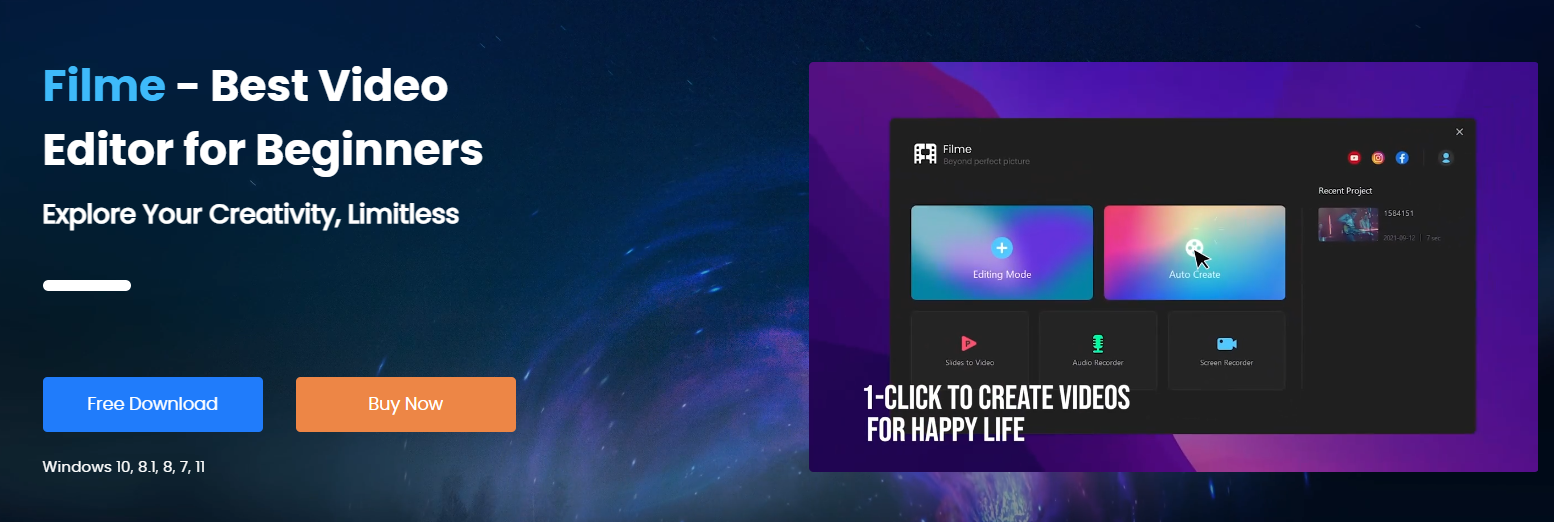
Let's take a look at how to use Filme Video Editor to dub your video:
- Step 1:Import your video file into Filme.
- Step 2:Click on the "Dubbing" button and start recording.
- Step 3:Edit the recording to achieve the desired effect, then export the video.
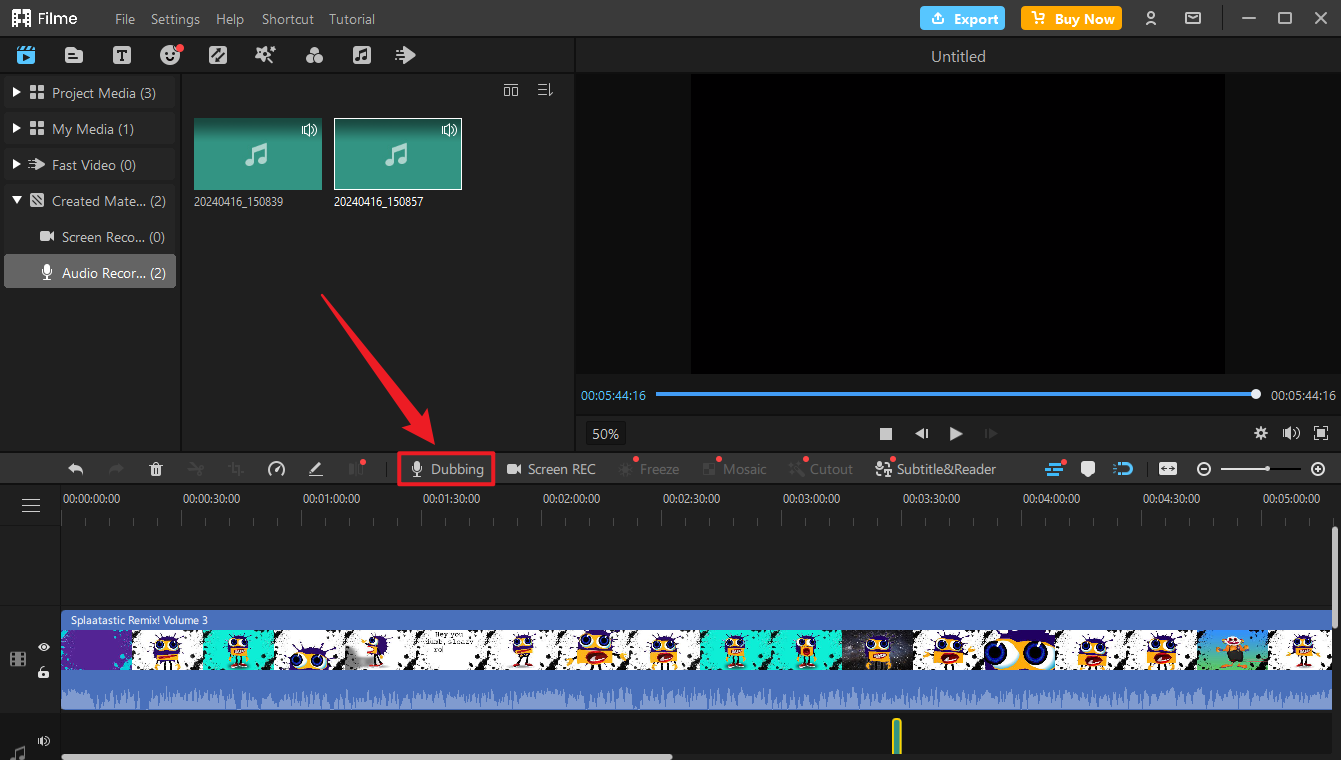
Part 6: Bonus Tip: Using Text to Speech for Dubbing Your Videos
Here we mention a different approach because not everyone is a dubbing expert. Yet, they want to create better audio effects for their videos. In such cases, text-to-speech functionality can be very helpful. VoxBox text-to-speech software can convert text into realistic human voices.
Additionally, it allows adjusting the pitch, pauses, speech rate, and more of the converted speech, enabling better expression of different emotions. If your dubbing skills are not that good, or if you prefer not to use your own voice for dubbing, you can choose to use VoxBox to convert text into speech.

Here's how to use the text-to-speech feature in VoxBox:
- Step 1:Click on the "Text to Speech" button on the left side of VoxBox.
- Step 2:Input the text you want to convert or directly import a document. Then, on the right side toolbar, select the character and set the effects.
- Step 3: Click the "Generate" button to generate the speech. Now you can import it into your video media.
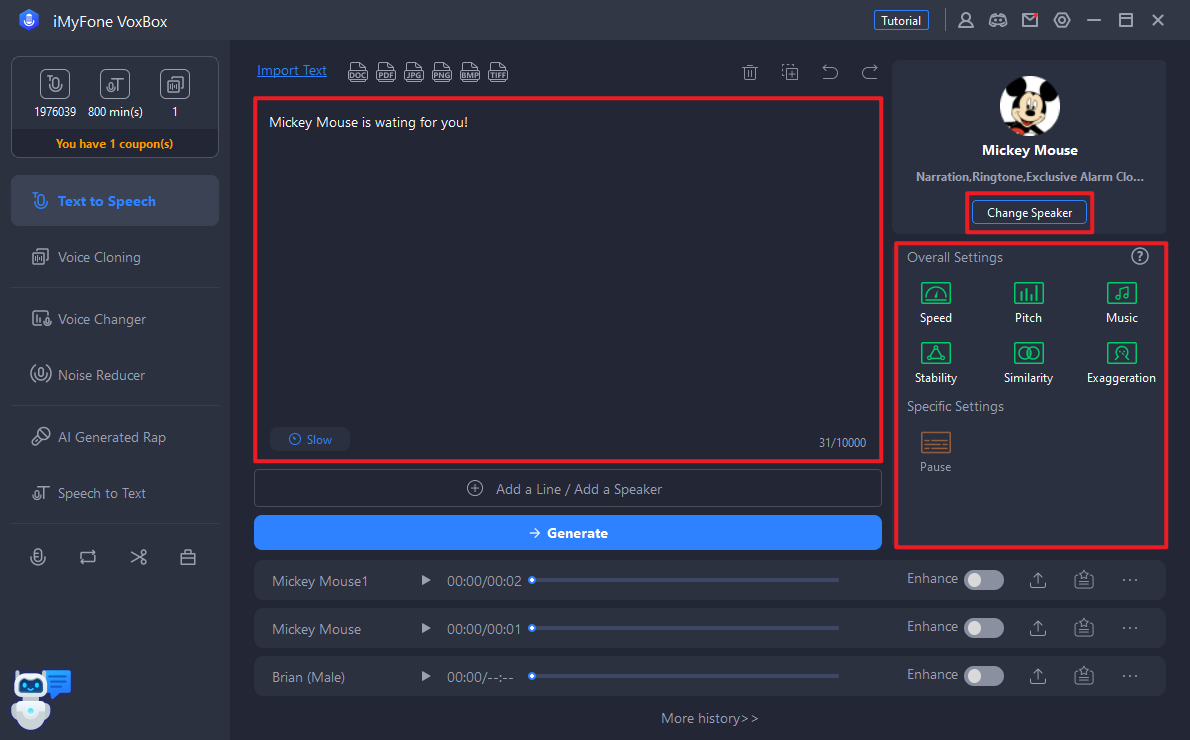
Conclusion
After reading this article, you should now understand what dubbing is. The essence of dubbing is primarily to provide viewers with a better visual and auditory experience. We also discussed how you can add audio to your videos, either by using Filme Video Editor to dub directly onto your videos or by using VoxBox to convert text to speech and then integrate it into your videos. Different methods can meet different people's needs, so choose the one that best suits you!































